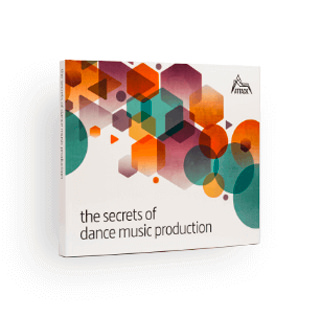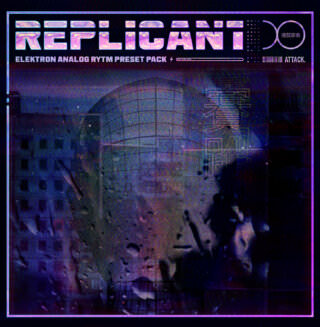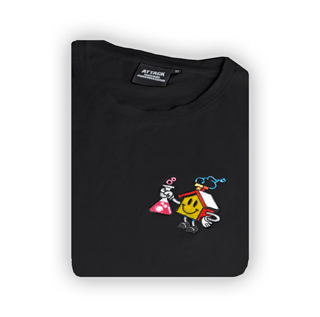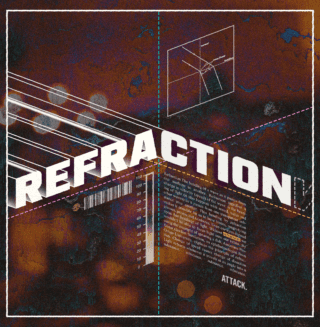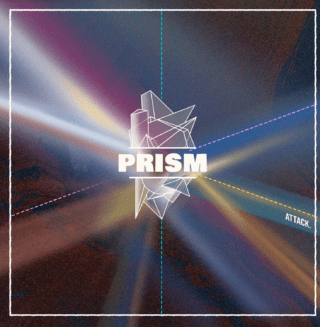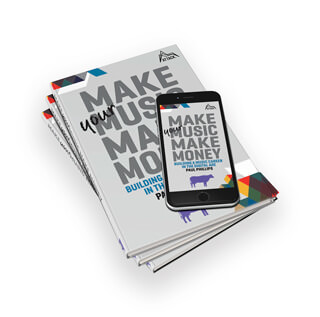In this Beat Dissected, we’re building a breakbeat-infused garage beat in the style of Disclosure’s 2021 track ‘Never Enough‘.
It’s been a whopping eight years since we’ve covered Disclosure. A quick glance at the comments below our Bang That Deconstructed suggests people were disappointed we covered a ‘commercial act’.
Fast forward eight years, Disclosure has only spread their music further. And no it’s not just flash marketing – they are top producers of the highest ilk mixing modern production techniques with good songs. What’s not to like?
The sibling duo of Guy and Howard Lawrence have been at the forefront of both dance and pop music in the UK ever since the release of their third single ‘Latch’ in 2012. The now classic track, which features the vocals of a then relatively unknown Sam Smith, would set the pair up to score UK number one with their debut album Settle.
Since then the brothers have released three albums and a slew of singles and EPs including 2021’s excellent Never Enough.
Spec
Tempo
133 BPMSwing
50%Sounds
AbletonIn this Beat Dissected we’ll be recreating the drum part from Never Enough.
Here’s what we’ll be making:
And here’s the beat with some music for context:
Want to follow along? Download the session for free:
Remember to click any image to enlarge!
Step 1: The Break
The backbone of this drum beat is a sliced and repitched drum break which provides a rolling, human feel to the drums, taking it away from a more traditional house or garage drum part.
We can’t know the exact breakbeat sample that Guy Lawrence (who tends to be responsible for the production side of Disclosure’s tunes) used, but with a bit of tweaking ‘Unfair Break 100bpm’ from the Chop and Swing pack will make a good proxy.
Drag the loop onto your timeline and slice it up to resemble the break in the original Disclosure track. At this stage the break should sound like this, although if you slice it slightly differently that’s not a problem.
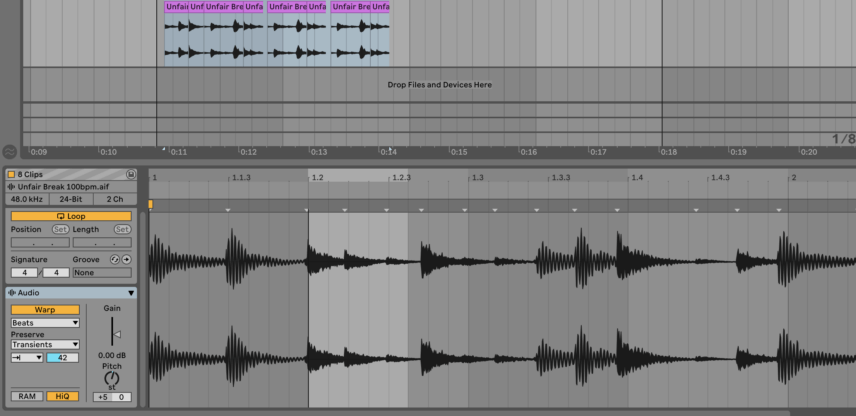
Highlight the entire two bar region containing the chipped break, press Cmd + J (Ctrl +J) to consolidate the loop, pitch it up five semitones, set the warp mode to beats, select the Sub Warp mode and set the transient envelope to 42.
Finally, quantize the loop by selecting the entire duration of the loop in clip view and pressing Cmd + U (Ctrl + U), and duplicate the clip to create a four-bar loop.
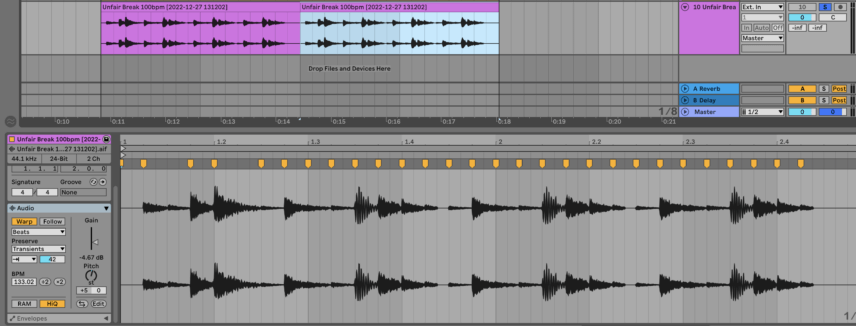
Step 2: Kick
Disclosure is known for using Big Kick by Credland Audio for their kick drum design. However, we can get a close approximation of the kick by tweaking the sample ‘Kick Corner’ from Chop and Swing.
Load the kick in a drum rack, and trim it to remove the high frequencies in the tail. We want the kick to be tight. Add a short fade-out to avoid clicks.


Step 3: Claps
Drag ‘Clap Semi Real’ from Chop and Swing into the drum rack, trim it, EQ it and add reverb as shown below.


Program a clap on every second and fourth beat of each bar.

We’ll layer this clap with a 909 clap playing a different rhythm. Create a MIDI channel and load the 909 core kit. Trim the beginning and end of the clap sample as shown below and bring up the gain.

Program the below pattern.

Step 4: Hi-Hats
We’ll program the hi-hats using the 909. Go to the open hat pad, change the simpler mode to 1-Shot and set the trigger mode to Gate.
This will enable us to vary the length of each open hi-hat hit, something which Disclosure does in Never Enough. This gives the impression that the hi hat is coming from a hardware 909 and someone is tweaking the hat parameters constantly throughout the track.

Turn off the grid so you can drag the hi-hat hits to any length you like and then program the below pattern using the length and velocity of the open hat notes to build energy. Throw the occasional closed hat in there too.

Step 5: Vocal sample
Disclosure employs a vocal one-shot in the beat of Never Enough. To recreate this, load the sample ‘Vox Yeah Ironman’ in the drum rack channel, trim the sample down and add a subtle 1/8th note delay after it.

Now add some hits of the Yeah sample in the second two bars of the pattern.

Step 6: Processing
Finally, let’s use processing to add crunch and brightness to the beat and make it a little tighter.
First, add some subtle Overdrive to the break beat and then cut the lows and boost the mid highs with an instance of EQ Eight.

Group all three of the drums tracks together. Load Drum Buss, Reverb, and EQ Eight on the group channel and set the below parameters.

Drum Buss is adding saturation and compression. The transient parameter is also tightening up the pattern by boosting the transients.
Reverb is adding some subtle and short verb to create a sense of space.
EQ Eight is simply making the drum beat a little less harsh by subtly cutting the highest frequencies with a high shelf.
Here it is with some music for context:


